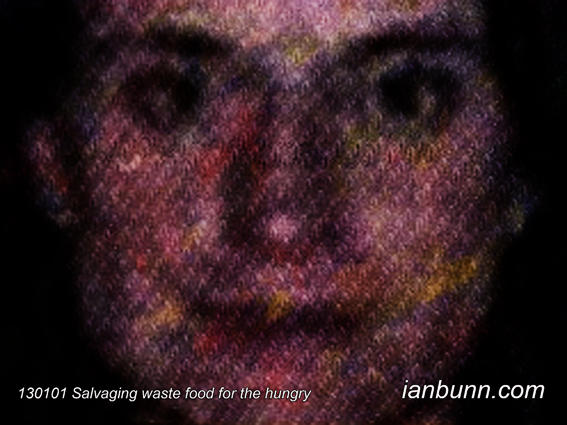 Big data collections could lead to big brother (January 31 2013)
Big data collections could lead to big brother (January 31 2013)
Boris Manenti the French journalist with Le Nouvel Observateur has published an article in the monthly magazine ‘Obsession’ on how big data collections could lead to big brother. In the article he states “Big Data is the massive volume of digital data that is so large to process that it needs additional management tools and database processing applications. It is much more than a concept; it’s a whole new technology that promises to “revolutionize our everyday lives.” The term “Big Data” originated from a simple observation. Every day around the world, 2.5 exabytes of data are generated. This data comes from everywhere: social networks, photos and videos posted on the Internet, GPS coordinates from smart phones, weather statistics from every corner of the earth, banking transactions, and so on. This massive amount of information only reveals its full potential after being processed, analyzed and cross-referenced. …The implications of Big Data are numerous – in theory at least. For the moment, the analysis of massive amounts of data mostly concerns companies who use it as a way to analyze their clients’ consumer habits. …The problem is the public’s acceptance. Big Data cannot be allowed to turn into “Big Brother.” “The users’ trust is crucial,” says Chuck Hollis. “To get the best medical treatment, we give our doctor as much information as we can, because we trust him. Big Data needs to convince its users it can be trusted in the same way.” He adds: “Every new technology creates new fears. Fire, electricity, the Internet, Big Data. With good there is always bad, we just need to keep that in check.”
Inspired by Boris Manenti, Nouvel Observateur ow.ly/gXF3Z Image source Twitter ow.ly/gXF2K
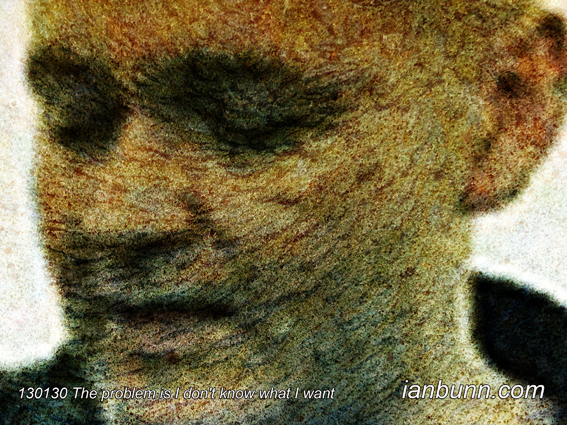



![Marcela Valente the Argentinian Inter Press Service correspondent specialising in social and gender issues has published an article titled ‘Alternative Media Fights Back in Argentina’. Valente states “Sustained by editors and readers convinced that another kind of communication is possible, independent magazines are growing and strengthening in Argentina, offering a view different from the mainstream media coverage of political, cultural and advocacy issues. Overshadowed by more than 450 magazines belonging to 40 big publishing houses, some of them multimedia offerings, another 241 publications read in Argentina are devoted to literature, film, philosophy, humour, ideological and partisan discussions, history, music, visual arts, performing arts, design or gender issues. These are not endeavours taken up by editors in their free time, but a thriving industry with an estimated 1.4 million readers monthly, providing employment to small printers across the country. …These publications do not receive subsidies either from the government or businesses, and have little advertising. They live practically by the sale of each copy, something forgotten by commercial magazines, which have practically become advertising catalogues, satisfied with only being displayed or circulated among the public. Since 2011, the large majority of these alternative media have been united in the Association of Independent Cultural Magazines of Argentina (Arecia), demanding a bill that would help to strengthen a non-profit but sustainable sector. …[a] proposed rule democratises television and radio spaces, “but has omitted the graphics and Internet publications, as well as the independent and self-governed (media), without which the law could not have counted on the channels of discussion and dissemination,” independent media practitioners claim. …The text of the proposed law argues that strengthening these magazines is a way to “battle monopolisation, not just of products but of content”, and that it is also a way to “enshrine socially the idea that other types of communication are possible”.” Inspired by Marcela Valente, IPS News ow.ly/gT3di Image source NationofChange ow.ly/gT39U](http://www.ianbunn.com/wp-content/uploads/2013/01/130126dcU60.jpg)
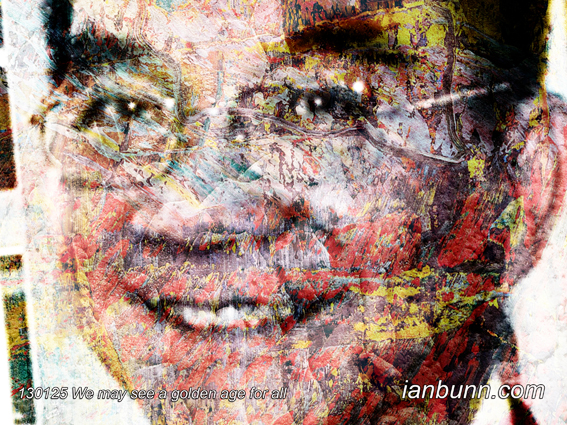
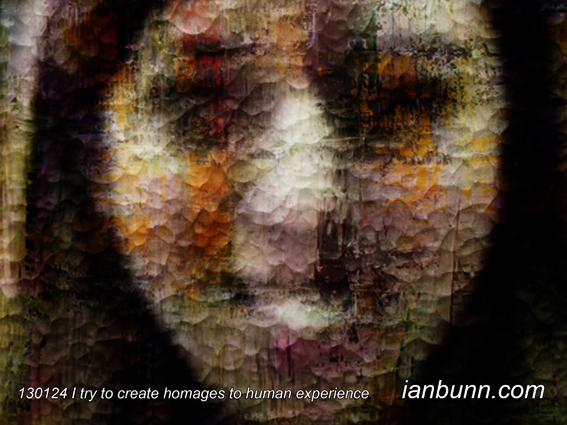
![Shirani Bandaranayake the 54 year old first female Supreme Court Judge and the Chief Justice of Sri Lanka has been impeached by Parliament and now removed from office by President Mahinda Rajapaksa. In an article for the New York Times titled ‘Sri Lankan Parliament Impeaches Chief Justice’, Gardiner Harris states “…The chief justice’s fall from grace since that ruling [the court struck down provisions of a law that would have given greater power to the government’s economic development minister, Basil Rajapaksa, who is also the president’s brother] has been dizzying, with the state-controlled media sharply criticizing her. Impeachment proceedings began in November. A parliamentary committee issued a guilty verdict against her in December, saying she had misused her power and failed to adequately declare her assets. Last week, an appeals court annulled the verdict and forbade further action by the Parliament against Chief Justice Bandaranayake. The Parliament’s willingness to ignore the court’s ruling and impeach the chief justice anyway set the nation up for a possible constitutional crisis. …Since President Rajapaksa dominates the Parliament, the impeachment effort is widely seen by many democracy advocates as an effort by the president and his family to further consolidate power and eliminate any impediment to their almost complete control. “The entire impeachment process is clearly politically motivated as a punishment to the chief justice for daring to apply the constitution in a way that went against the Rajapaksa administration,” Alan Keenan, of the International Crisis Group, said in an interview. The parliamentary committee found Chief Justice Bandaranayake unfit for office on charges of failing to disclose details of 20 bank accounts and intervening in cases before the court in which she had a financial interest. She was also alleged to have sought to protect her husband from corruption charges. She had protested the rapidity of the parliamentary proceeding and her inability to confront or cross-examine her accusers.” Inspired by Gardiner Harris, New York Times ow.ly/gR6zH Image source Facebook ow.ly/gR67S](http://www.ianbunn.com/wp-content/uploads/2013/01/130123dcU60.jpg)
![Gilles van Kote the French reporter and Deputy Head of Environment and Science for the daily Le Monde, has published an article on Worldcrunch titled ‘How A Palm Oil Boom Is Tearing Apart The Indigenous Tribes Of The Philippines’. Van Kote states “The palm oil plantation, started in 2005 by Nakeen, a subsidiary of the Filipino group A. Brown Company Inc. (ABCI), is very small – 200 hectares. Yet it still managed to upset the natural balance of this isolated northern region of the island of Mindanao, south of the Philippines archipelago… In 2008, the Hagpa Higaonon [tribe, one of the country’s many indigenous communities] was awarded a certificate of ancestral domain title (CADT) for 14,313 hectares of their territory, in accordance with the Indigenous Peoples Rights Acts. A victory that doesn’t, however, make them immune to other people’s greed. Nakeen has already announced its ambition to expand its plantation, which is already partly on the ancestral domain. …The arrival of Nakeen and its oil palms created a rift in the local population. The local authorities wanted to turn the region into the "capital of palm oil" in Mindanao. …Nakeen offered locals between 5,000 and 8,000 pesos ($121 and $194) a year per hectare to rent their land for 25 years. …for a daily wage of 200 pesos ($4,87). …The Alternative Forum for Research in Mindanao (Afrim), a Filipino organization, claims that these rental agreements "turn farmers into farm workers" and that "jobs are only available for a small percentage of the population – for a wage inferior to the minimum legal wage." …While an oil palm plantation in place of a forest that is already being exploited isn’t considered as deforestation in the Philippines, the environmental impact is very real. …an international mission launched by NGOs concerning another Filipino group in northern Mindanao found that the rental agreements were illegal and human rights were violated. “ Inspired by Gilles Van Kote, Worldcrunch ow.ly/gR3Em Image source Mediapart ow.ly/gR3zO](http://www.ianbunn.com/wp-content/uploads/2013/01/130122dcU60.jpg)

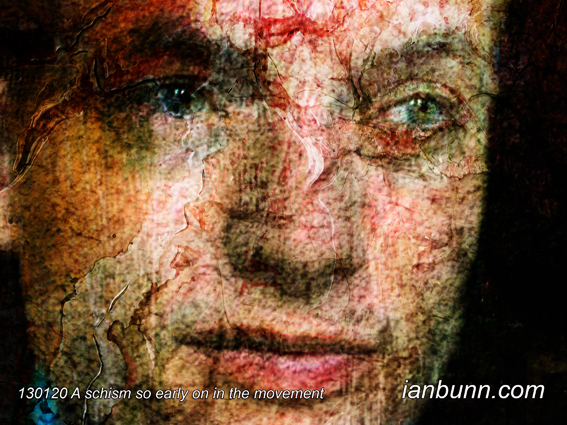

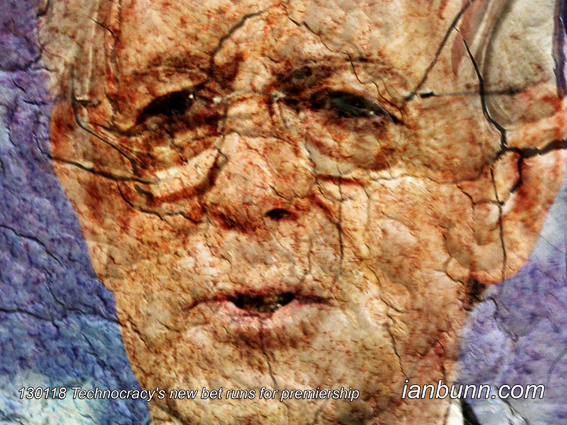
![Elisabeth Rosenthal the American medical doctor specializing in epidemic disease, scientific and environmental matters has published an article in the New York Times titled ‘As Biofuel Demand Grows, So Do Guatemala’s Hunger Pangs’. Rosenthal states “In the tiny tortillerias of this city [Guatemala City], people complain ceaselessly about the high price of corn. Just three years ago, one quetzal — about 15 cents — bought eight tortillas; today it buys only four. And eggs have tripled in price because chickens eat corn feed. …Recent laws in the United States and Europe that mandate the increasing use of biofuel in cars have had far-flung ripple effects, economists say, as land once devoted to growing food for humans is now sometimes more profitably used for churning out vehicle fuel. In a globalized world, the expansion of the biofuels industry has contributed to spikes in food prices and a shortage of land for food-based agriculture in poor corners of Asia, Africa and Latin America because the raw material is grown wherever it is cheapest. …With its corn-based diet and proximity to the United States, Central America has long been vulnerable to economic riptides related to the United States’ corn policy. Now that the United States is using 40 percent of its crop to make biofuel, it is not surprising that tortilla prices have doubled in Guatemala, which imports nearly half of its corn. At the same time, Guatemala’s lush land, owned by a handful of families, has proved ideal for producing raw materials for biofuels. Suchitepéquez Province, a major corn-producing region five years ago, is now carpeted with sugar cane and African palm. …Roughly 50 percent of the nation’s children are chronically malnourished, the fourth-highest rate in the world, according to the United Nations.” Inspired by Elisabeth Rosenthal, New York Times ow.ly/gKkg3 Image source Twitter ow.ly/gKkeF](http://www.ianbunn.com/wp-content/uploads/2013/01/130117dcU60.jpg)
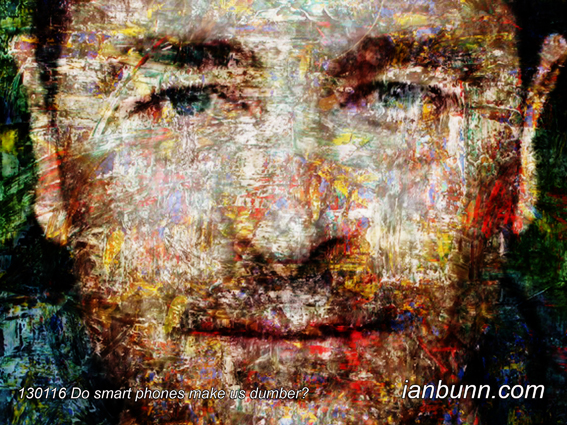


![Robert Barry the 76 year old American artist renowned for his non-material works of art, installations, and performances using a variety of otherwise invisible media, has been interviewed by Celine Piettre for Blouin Artinfo in an article titled ‘Artist Robert Barry Discusses Working With "Time, Light, and Darkness"’. Barry states “I don’t like this term [Conceptual Artist]. I find it very limiting, as far as I’m concerned in any case. I use materials: time, space, color, words. My work is visual, and not purely about ideas or concepts. …I don’t work so much on language as on words, which I perceive as objects. They have a color, a size. They exist in a given space and time. They have a tangible aspect. Words are also very personal. They come from us and say things about us. They have a story. We all interpret them according to our own experience. I’m always surprised when people ask me this question. I’m interested in words — that’s it. It’s like I painted flowers or landscapes. It’s a personal interest, a work material that offers infinite possibilities. …Video is a natural medium for me. I’ve used it since the beginning of my career. It’s a medium of time — a notion, a material that is truly integral to my work, like light. I like the idea of light emerging from the darkness and plunging into it again. It’s something that everyone experiences. …It’s important to me that there can be different levels of perception, experiences, and time. All these components of the real are combined here: the idea of art, war, light, words, and speech — they work together to make the piece. … In general, I like using music in my work because it’s an art that exists in time.” Inspired by Celine Piettre ow.ly/gwWNu image source TownNews ow.ly/gwWMO](http://www.ianbunn.com/wp-content/uploads/2013/01/130113dcU60.jpg)
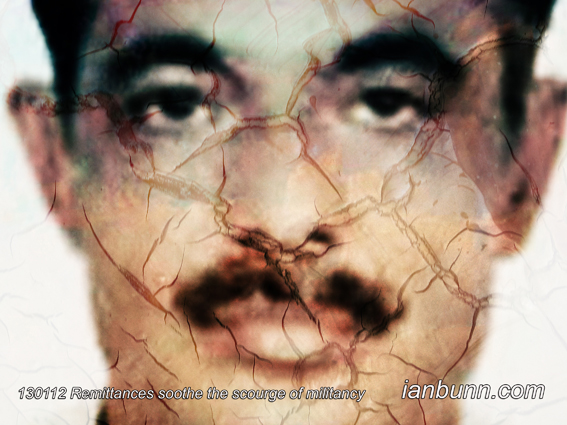
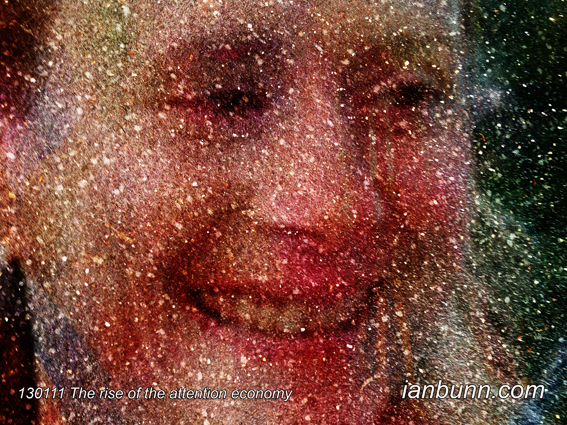
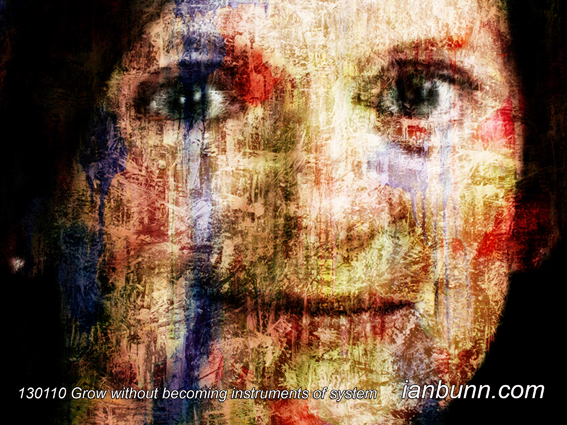
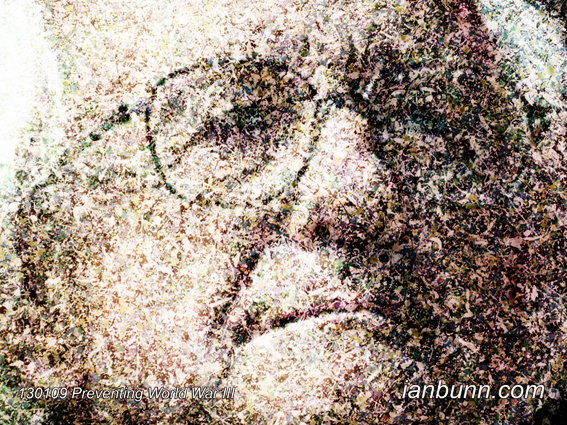

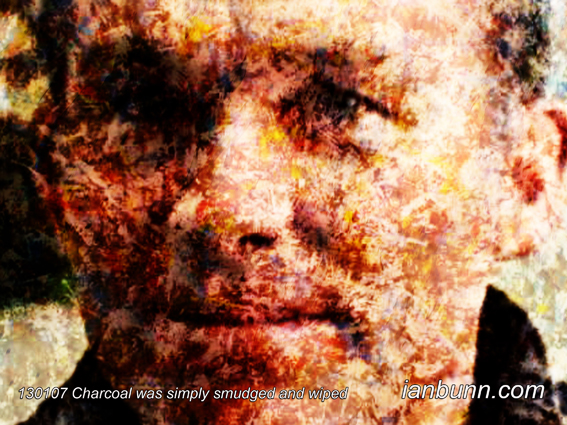

![Busani Bafana the Zimbabwean Journalist and founding member / coordinator of the Network on Environment & Agriculture Reporting, a media network in Zimbabwe that seeks to promote coverage of agriculture and science issues by journalists, has published an article on the Inter Press Service titled ‘Farmers Need to Grow Climate Smart’. Bafana states “Farmers cannot wait much longer for negotiators to reach an agreement on including a work programme on agriculture in the United Nations Framework Convention on Climate Change. And until one is approved, “it will continue to be difficult for farmers to produce the food needed, and at the same time reduce greenhouse gas emissions.” [states] Anette Friis from the Danish Food and Agriculture Council and spokesperson for Farming First, a global coalition calling on world leaders to increase agricultural output in a sustainable and socially responsible manner. “Countries failed to get an agreement on agriculture at this year’s (Conference of the Parties) COP18 in Doha, which means that discussions will not move to the next level and a work programme on agriculture is not foreseen for the near future.” “Progress has been excruciatingly slow,” [states] Bruce Campbell programme director [CCAFS] Climate Change Agriculture and Food Security . “One sentence in Durban in the final agreement. Then a few non-committal sentences at SBSTA in June. This mirrors the UNFCCC negotiations generally. What can one say, but that we are on target for a four-degree warmer world, which is likely to reduce growing seasons over much of sub-Saharan Africa by more than 20 percent.” According to CCAFS, agriculture and land use change, mostly from deforestation, contribute an estimated one-third of total greenhouse gas emissions. However, an improvement to crop yields since 1960 has already reduced agricultural emissions by 34 percent. Arguing that farmers around the world are experiencing the impacts of climate change daily, Farming First says the agriculture sector could play an important role in both climate change adaptation and mitigation. …Climate-smart agriculture includes conservation agriculture, crop rotation, agro-forestry, better weather forecasting and integrated crop-livestock management. It is aimed at environmentally-friendly increases in food production, which thereby reduce the emissions produced from agriculture.” Inspired by Inter Press Service ow.ly/gpPYR image source Linkedin ow.ly/gpPYa](http://www.ianbunn.com/wp-content/uploads/2013/01/130105dcU60.jpg)
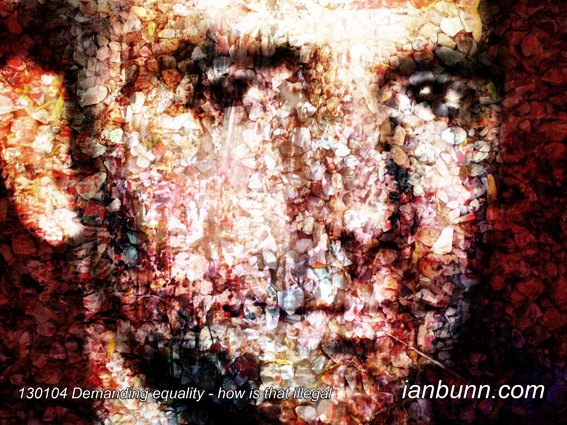
![Mehdi-Georges Lahlou the 29 year old French-Moroccan artist based in Brussels drawing on the history of performance and installation-art, and incorporating references to Belgian Surrealism in his works. Born to a Christian mother and Muslim father, the theme of crossing boundaries set by culture, religion and gender is present in all of his installations and performances. Lahlou is the subject of an article by Nicolai Hartvig published on Blouin Artinfo titled ‘Mehdi-Georges Lahlou Dons Heels to Stir Religious Debate’. Hartvig states “…[his] works hit on several sensitive issues in Muslim culture: the prohibition on modifying one’s body, nudity, sexuality, and improper use of the Koran and religious objects. …With his loose combination of religious iconography and incongruous objects, the ambiguous humor in Lahlou’s work is often misunderstood. But his approach is never casual — rather it blurs the boundaries between personal commentary on his subjects alongside artistic thought. “I’m not an activist shouting. I am truly respectful of religions and beliefs, except when they kill or hurt people,” Lahlou explains. “As a person, I have a political opinion, I take a position or I don’t. But in my work, I don’t want it to be like that. I want people to be in an awkward position and not know what’s happening, whether it’s humor or reality, true or false. I lean toward being stupid [in my work] because I don’t want to make people think that I am saying bad things. You can have criticisms, but that doesn’t mean that you’re against something. You can have fun with everything — but can you really have fun with everything?” …Lahlou plans to reduce his physical presence in his work. “There is the fear of repeating myself, even if everything I do is different. Since I am the basis of my work — I’m often the model, even if I’m not there — I get a bit tired of myself. Today, I want to think more, to be a bit less present,” he says. “But I think that I will still have things to say for 30 more years.” Inspired by Nicolai Hartvig ow.ly/gpOAu image source Twitter ow.ly/gpOzv](http://www.ianbunn.com/wp-content/uploads/2013/01/130103dcU60.jpg)

